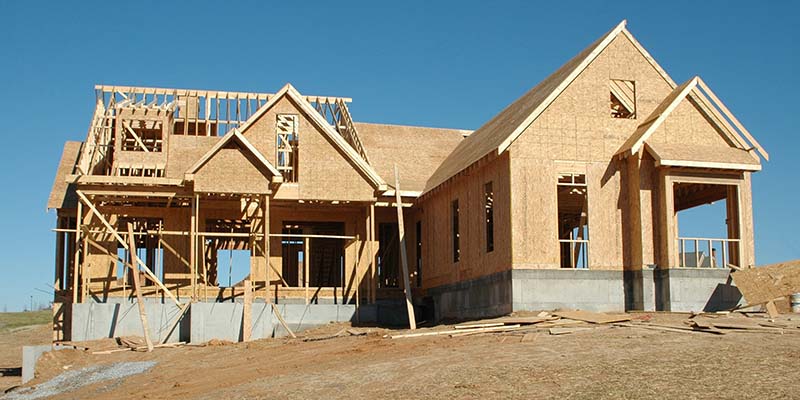Future Homebuilding Trends

In 2023, the story of the housing market is one of uncertainty. While we seem to have moved past the dramatic shifts that characterized the second half of 2022, the housing market continues to generate conflicting headlines: mortgage rates declining, construction costs rising, housing starts declining, builder sentiment rising. Most construction and real estate analysts think this may be a transition year.
Three core things to monitor:
Mortgage Rates: Last year, the Federal Reserve continued to hike its benchmark interest rate to fight inflation. As a result, mortgage rates rose, more than doubling the rates from 2021.1 High mortgage rates impact the market in two ways. They deter new homebuyers from getting into the market and they cause existing homeowners, with lower rate mortgages, to question selling. Since the high in November, mortgage rates have declined slightly and there has been some uptick in housing activity. Most analysts agree that mortgage rates are critical in determining what will happen in the housing market this year.
Housing Inventories: Housing inventories will also help determine what the market looks like in 2023. In January, the US Census Bureau and the Department of Housing & Urban Development reported housing starts decreased 4.5% to a seasonally adjusted 1.31 million units.2 While this was a decline, it was much more moderate than the sharper drop-offs that characterized the spring and summer of 2022. Housing permits, which had plateaued in the last two months of 2022, increased slightly in January to 1.34 million units. In recent surveys, builder sentiment is rising. Some believe that the cycle lows for both housing permits and housing starts are at the bottom and a rebound is expected in 2023.
Regional Differences will Continue: Even before the pandemic, builders were seeing an increased migration to the Southeast and South Central states. The pandemic caused geographic shifts as well, as people moved from large urban areas into suburban and exurban areas. In the markets where Americans are moving, the housing market stays a little more heated. Home sales are mixed regionally, but December data showed gains in the Midwest and South. There are also regional differences in the housing start and permit data. In the most recent reporting, housing starts were lower in the Northeast and Midwest, but higher in the South and West. Permits were higher in the South and Midwest and lower in the Northeast and West.
The health of the housing market this year is very much tied to the state of the economy. Most economists are still anticipating a slight recession. As a result, many forecasts, at this point, are anticipating a sluggish first half followed by a more robust market in the summer and fall.
1FRED Economic Data, 30-Year Fixed Rate Mortgage Average in the US
2FRED Economic Data, New Privately-Owned Housing Units Started: Total Units